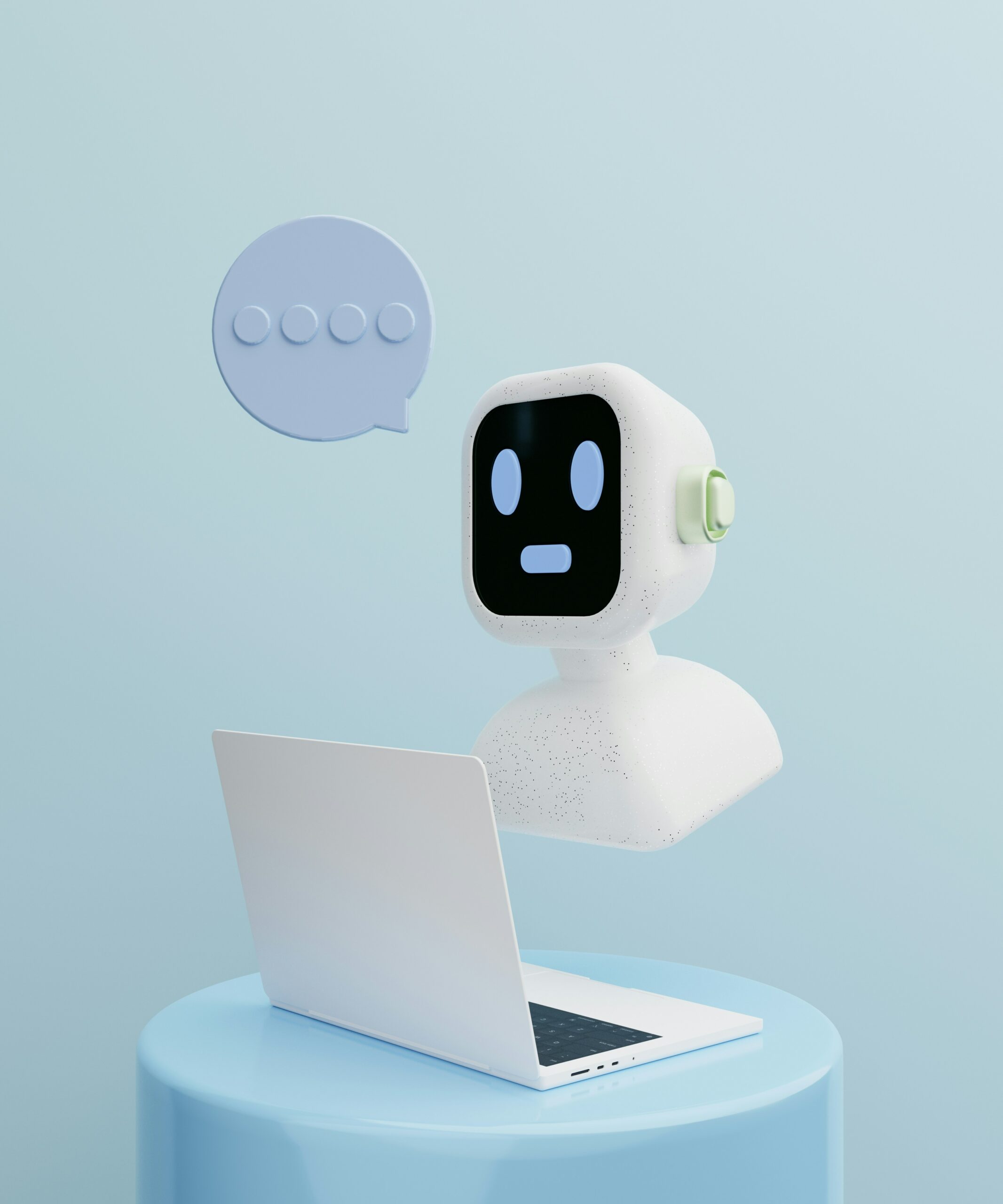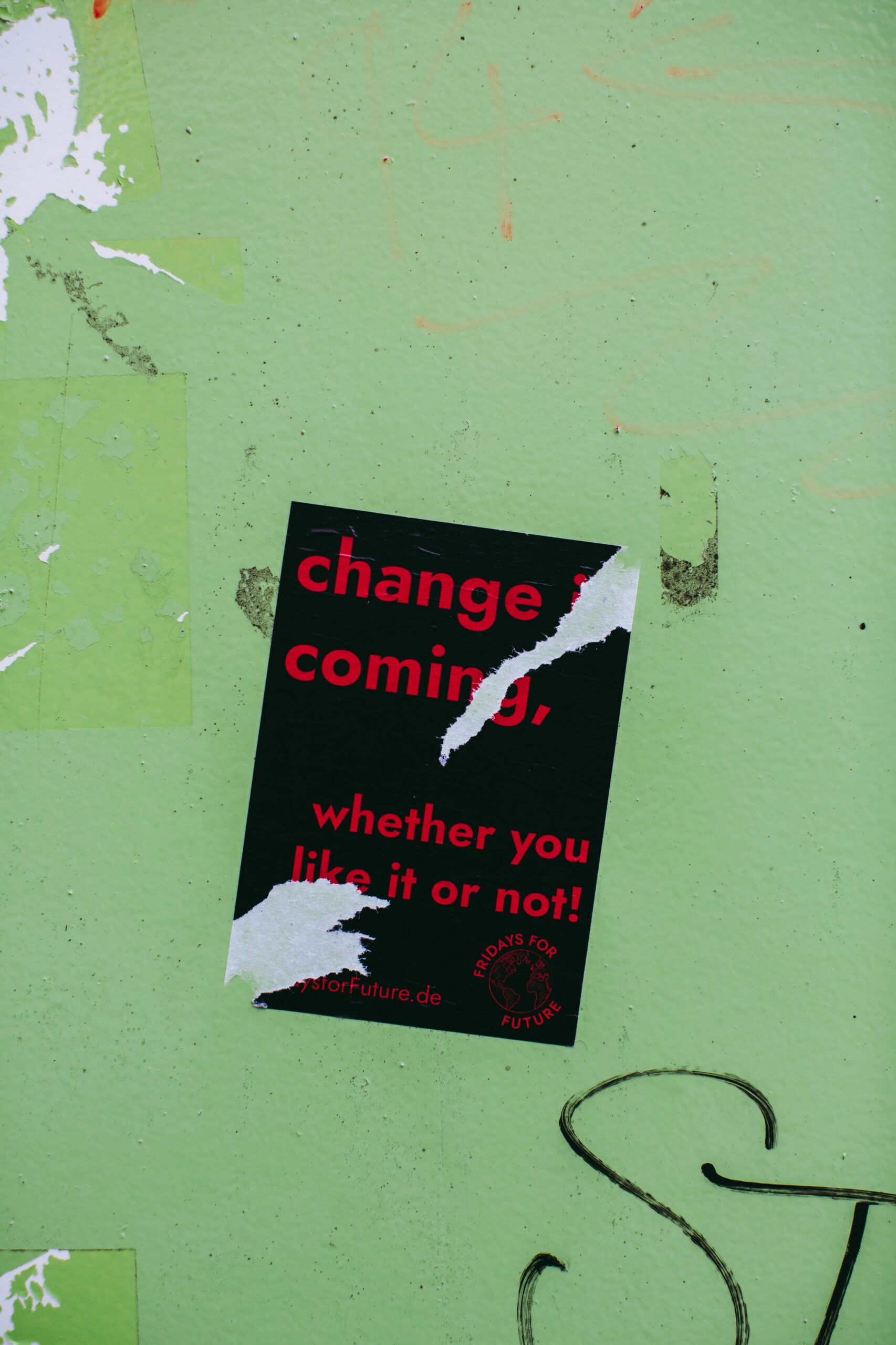As I continue digging into research for my Master’s project, I’ve found myself drawn into the fascinating and slightly messy world of artificial intelligence, copyright, and co-authorship. With AI tools becoming more common in schools and universities used to draft lesson plans, generate quiz questions, or even co-write essays, educators must understand how copyright law fits into the picture.

Photo by Philip Oroni for Unsplash+
In a recent Q&A lecture, Dr. David Wiley, a leading voice in open education, addressed a major shift happening in this space. He explained that the U.S. Copyright Office has reaffirmed, for the third time, that any work created by artificial intelligence is not eligible for copyright protection. According to the Office, copyright requires human authorship, and if a computer generates the content, it doesn’t count. This has significant implications, not just in the U.S. but globally, because it places AI-generated work outside the Berne Convention, the international treaty protecting intellectual property rights.
So what does that mean for teachers and students using AI tools like ChatGPT, Gemini, or other generators? In short, AI-generated content is considered to be in the public domain. Anyone can use, remix, build on, or share it without attribution or permission. While this might sound liberating, it raises ethical questions about authorship, ownership, and the nature of creativity in this new digital age.
To make sense of this, it’s helpful to compare AI-generated content with Open Educational Resources (OER) and Creative Commons (CC) licensing. Both were built around open access to provide free, adaptable educational materials without traditional copyright restrictions. Many teachers I know already use this approach, not out of rebellion, but because high-quality resources are often unattainable in many school systems. Using and adapting open or AI-generated resources becomes more of a necessity than a choice.
Wiley noted that, like Creative Commons licenses such as “ShareAlike,” users can change open content and choose whether to keep those changes private or share them openly. If shared, those adaptations should also carry an open license. AI content might function the same, free to use, adapt, and redistribute, but without the same structure or community expectations that CC licenses provide.
It’s also worth noting the ongoing debates about the training data used in AI systems. Many large language models are trained on massive datasets pulled from across the internet, including copyrighted works. This opens up another layer of legal complexity because while using the AI tool may be fair, the AI’s training process might not be. These questions are still playing out in courts, offices, and governments, therefore, educators should keep an eye on how these rulings evolve.

Where does that leave us as educators? We’re in a moment of rapid change, and the rules are still being written. But that also means we have a unique opportunity to lead by example, to model ethical, transparent, and creative use of these powerful tools. We can engage our students in conversations about authorship, fairness, and innovation. We can explore the potential of AI while adhering to the values of collaboration, access, and respect for intellectual property.If AI-generated content is open by default, let’s use that openness to empower, not replace, human creativity as this new chapter in education unfolds. Because in the end, it’s not just about what AI can create. It’s about what we choose to do with it.
Leave a Reply